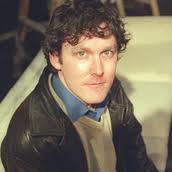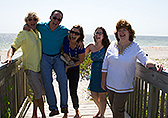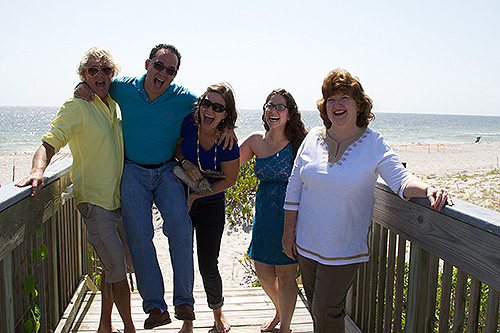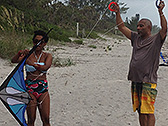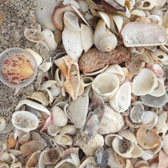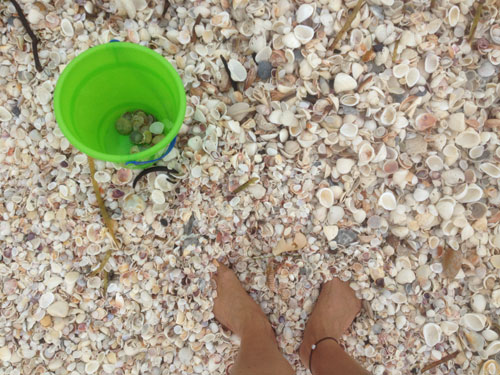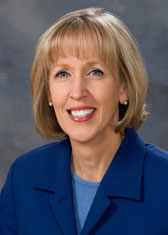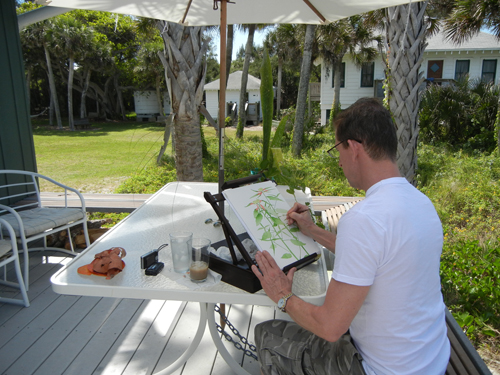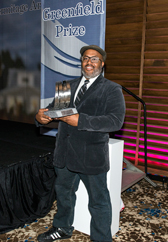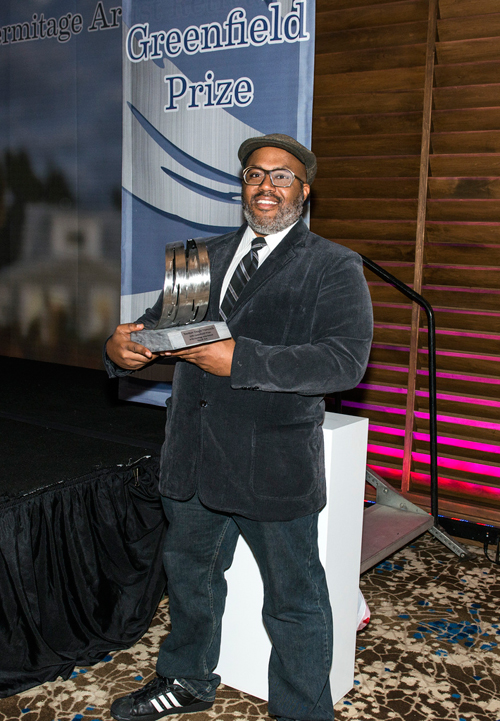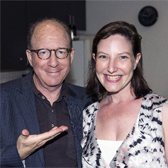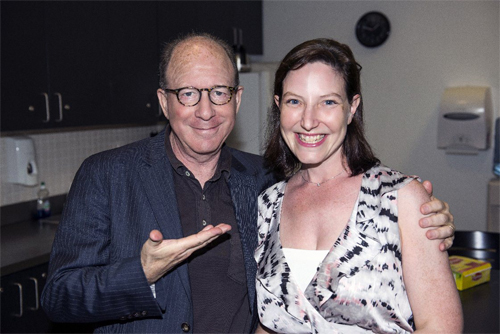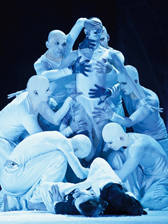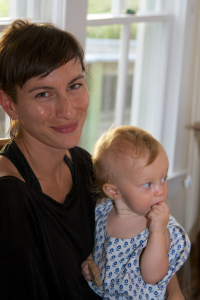
In February 2011, the directors of the theater production company Phantom Limb, Jessica Grindstaff and husband Erik Sanko, came to the Hermitage exhausted after their successful run of 69° South at Brooklyn Academy of Music. Their work has been described as a series of dynamic tableaux vivants, narrative installations in motion that meld theatrical performance, puppetry, photography and film with unconventional original music. 69° South was a collaboration with the Kronos Quartet inspired by Sir Ernest Shackleton’s Antarctic expedition.
Three months later at a sunset dinner on the beach to welcome them back for the second part of their residency, they surprised us with a bottle of champagne and an announcement. We had the privilege to be the first to hear their news (even before they told their own parents). Jessica was three months pregnant. Now they are back again with their daughter Freya, a true daughter of the Hermitage, as part of the Hermitage’s new family residency program.
While here for the third time they are writing the second of a trilogy that started with 69° South. The piece, Memory Rings, uses the oldest living tree in the world as the center of its narrative.
“The trilogy is united by the theme of ecology and the human relationship with nature through poetry and image. We are exploring the psychology of a collective future using history, legacy, and cultural memory,” said Erik.
They returned to the Hermitage following a residence at Harvard with global warming expert Dan Schrag, head of the Harvard Center for the Environment. Dr. Schrag had been impressed by their work because it moves people into the topic in a way they aren’t used to. Their plays touch audiences at an emotional level with a refreshing absence of the usual didactic lecturing.
Erik described audience reactions as unconscious at first. Then the slow burn of realization sets in. He and Jessica see attitudes change when they tour places like the Midwest where people are not yet convinced to take action on global warming. “Art has the ability to help people see the long arc of 40 to 80 years it may take to recover from climate change,” he explained.
They each have beautiful studios in New York City but they say their work benefits from the open mindedness and wide horizons that come with a place like the Hermitage where there are no expectations, no obligations, and the only distractions are the sea and nature (which is what their play is about).
Jessica said “After 10 days of hard work on Memory Rings at the Hermitage, suddenly, the play wrote itself!”

Learn more about PhantomLimbCompany.com



